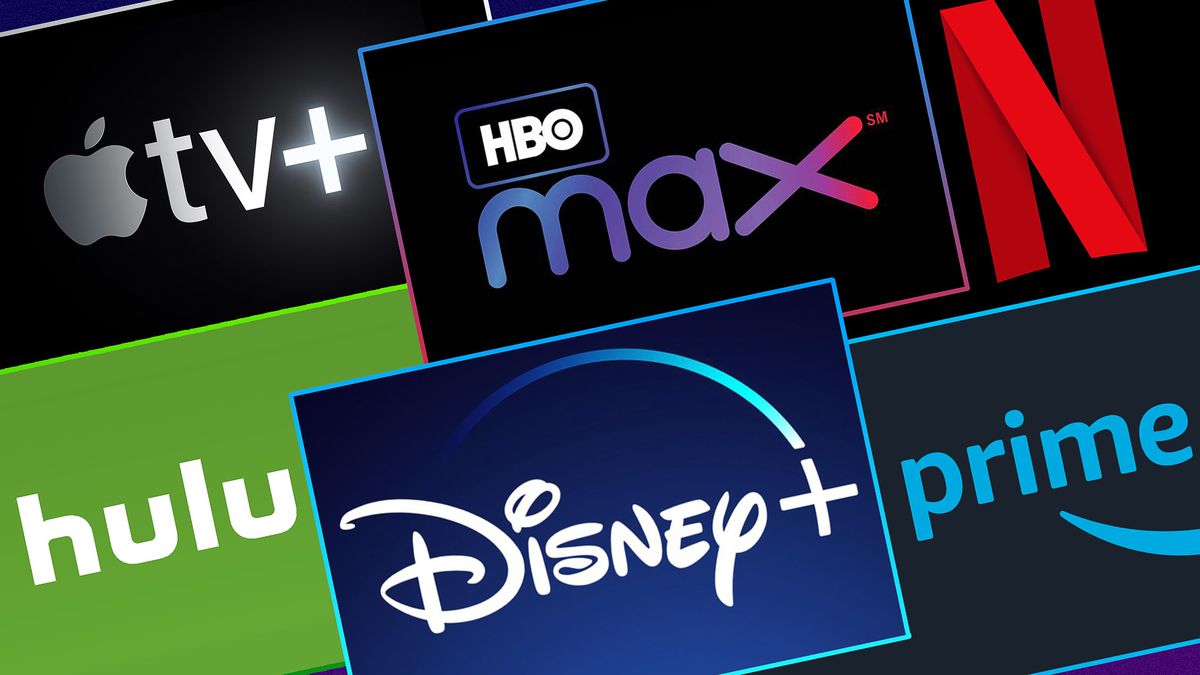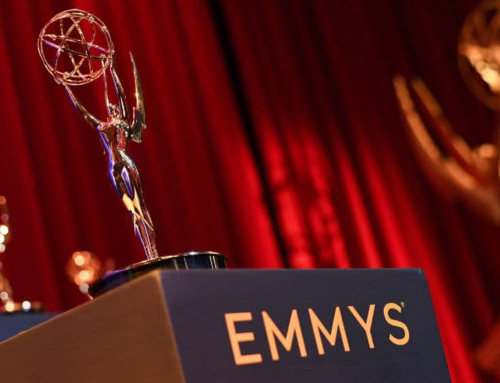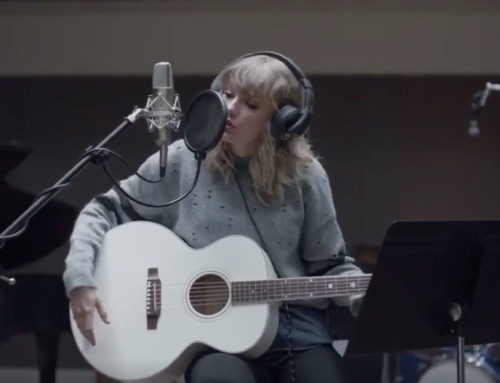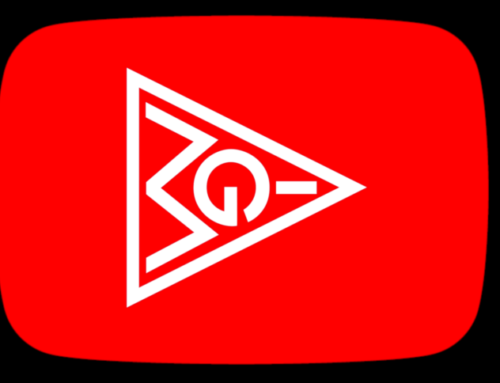It’s hard to remember a time when Netflix wasn’t a driving force in our everyday lives. What began as a DVD-rental service has become a ubiquitous symbol of the streaming age; it is used as both a noun and a verb — having come to define relaxation in 2019 — and has ushered in a completely new way of consuming media through binge watching. The rise of Netflix has unquestionably changed the landscape of both the television and film industries, both in the ways studios release content and the ways in which consumers watch that content. While other companies such as Hulu and Amazon have raised a claim to Netflix’s throne, none have been able to topple the streaming giant. That streak may soon change, however, as Apple and Disney have each launched their own independent streaming services. As the streaming market becomes more saturated, can either Apple or Disney convince consumers to expand their viewing options? Here’s how they plan on capturing not only your wallet but also your viewership – and the obstacles they’ll face in doing so.
APPLE+
Apple’s streaming service, simply titled AppleTV+, launched on November 1st after months of intensive advertising. You’ve likely seen heavy promotion for the service’s marquee program, titled “The Morning Show” — a drama that stars and is executive produced by Jennifer Aniston and Reese Witherspoon. This program is only one of the reasons Apple has been giving for viewers to subscribe to the service in the lead-up to its launch. Unfortunately, reviewers have not been kind to it, which has served as a major blow to the initial success of the service. This is bad news for Apple, because they’ve spent an almost absurd amount of money just to get this service off the ground. Another one of their launch programs, titled “See,” stars Jason Momoa, and looks to be Apple’s answer to HBO’s smash hit “Game of Thrones.” Each episode of the program reportedly cost $15 million USD to produce, but even this high-production value hasn’t saved it from the scrutiny of critics.
While the rollout of AppleTV+ hasn’t quite gone in the company’s favour so far, Apple is betting on their low cost to help them rise above other streaming services. At just $5.99/month, AppleTV+ costs significantly less than other streaming services. This might have to do with the fact that AppleTV+ isn’t offering very much as of its launch. Aside from its highly-promoted marquee content, AppleTV+ is severely lacking in licensed material. While content creators have already praised Apple for the artful ways and hands-off approach it’s used to usher in new content, viewers will surely be hungry for more than just a handful of original shows. Although Apple has deals in the works with Oprah and Steven Spielberg, this lack of content will make it difficult for them to get out of the gates. They will want to move especially quickly, since Netflix will no longer be available through the Apple TV box now that they are direct competitors — a move that has frustrated many customers. In a market that moves quickly and leaves little room for error, this lack of licensed content could be Apple’s fatal flaw.
DISNEY+
On the opposite end of the spectrum is Disney+. Launched on November 12th, this new streaming service has also received months of promotion and fanfare to try to win over customers and take from Netflix’s market share. On the surface, Disney appears to be doing everything right to do just that: they’ve announced a sizable catalogue of material — both current and old — that will be available on launch day, as well as a healthy amount of original material that will pull on the nostalgic heartstrings of older viewers and entice new ones. With a monthly price of $8.99, Disney+ will also cost slightly less than Netflix. With family-friendly content, Disney+ seems poised to appeal to both adults and children and thus dominate the market. However, consumers and critics alike are skeptical of the streaming service for reasons far beyond its extensive catalogue
In the leadup to the launch of its streaming service, Disney acquired 20th Century Fox for the hefty price of $71.3 billion USD, which gave the company access to key assets of the production company, including its film and television studios, cable channels such as FX and National Geographic, and a 30% stake in its rival Hulu. As news of this deal — and its horizontal rather than vertical nature — spread, alarm bells began to ring throughout the industry regarding antitrust concerns in relation to Disney’s apparent attempt to create a monopoly within the television and film industries. Seeing as both Disney and Fox act as production companies, this deal has reduced the number of major Hollywood film studios from six to five.
Although they are launching after Apple, Disney+ has already succeeded where Apple cannot. Given its immense collection of intellectual property, Disney can pull from its own catalogue without having to worry about licensing content. Given its exceptional numbers at the box office with every film in the Marvel Cinematic Universe franchise, the Star Wars franchise, and films under the Pixar umbrella, Disney does not have to worry about captivating viewers with its content. While Disney+ certainly excels in the area of brand awareness, the company should be wary of its practices as consumers become more and more hesitant to give one corporation more power than it already has.
AFTERMATH
Although it is entirely too soon to say how AppleTV+ and Disney+ will affect the streaming market, both companies seem to have lost sight of what consumers want aside from content. A new survey conducted by viewer tracking service TV Time and UTA IQ found that 70% of respondents feel there will be “too many services to choose from” following the launch of AppleTV+ and Disney+. Only 42% of respondents said they intended to add a new streaming service to their household this year, while 20% said they would add two services, and 34% said they would not engage in any of the new services at all. Given the fact that Netflix already has 140 million worldwide subscribers, both Apple and Disney may find it harder than anticipated to poach its customers. With HBO set to launch its own premium streaming service early next year, the market for streaming-on-demand may have become too saturated too quickly, as it starts to resemble an updated version of cable television where viewers have to pay more and more to gain access to the content they want. Given that nearly 16 million Americans have cut the cord with cable entirely, some have speculated that this increase in streaming services will result in a “Second Coming” of online piracy.
What has made matters especially complicated is that each service brings something different to the table: Apple has the budget to reel in content creators, Disney has the catalogue and brand awareness, HBO has an extensive catalogue of licensed legacy material including “Friends,” “The Big Bang Theory” and “South Park” — the acquisition of which cost well over a billion dollars — and Netflix has a committed audience and established original programming.
As each new service enters the market, consumers will have a tough decision on their hands in the coming year as content — and the availability of that content — begins to diversify further than it already has. One thing is for sure: the industry is changing once more, and only time will tell whether for better or for worse.










